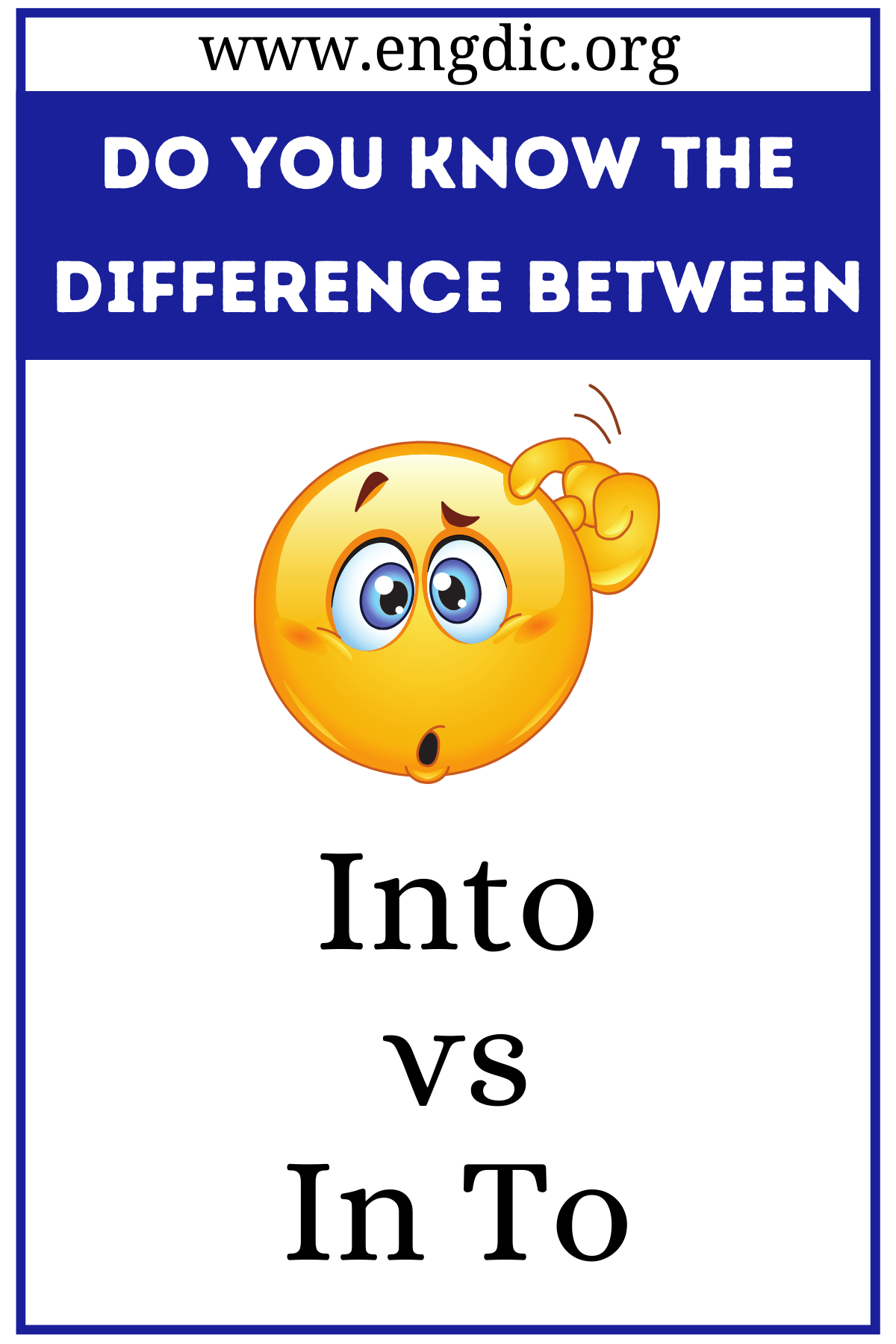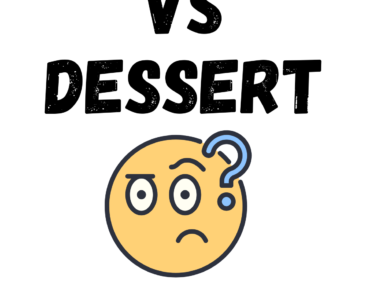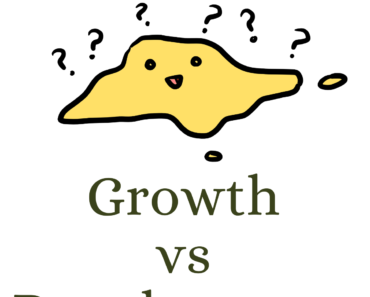The difference between “into” and “in to” can be subtle but crucial for clear communication.
“Into” is a preposition indicating movement towards the inside of a place or thing, often implying a change in state or condition.
On the other hand, “in to” is a combination of two words that often appears in sentences where “in” is part of a phrasal verb and “to” is a preposition, often indicating direction or purpose.
Into
Definition: “Into” is a preposition used to describe movement towards or inside a place, or a change in state.
Usage and Examples:
- Movement towards or inside a place:
- “She walked into the house.”
- Here, “into” indicates entering a specific place, the house.
- Change in state or condition:
- “He turned into a responsible adult.”
- “Into” is used to indicate a transformation.
- Focus or interest in something:
- “She is really into painting.”
- “Into” expresses an interest or enthusiasm.
In To
Definition: “In to” is a combination of the adverb “in” (used as part of a phrasal verb) and the preposition “to,” often indicating movement towards something.
Usage and Examples:
- As part of a phrasal verb:
- “She checked in to the hotel.”
- The phrasal verb “checked in” combines with “to” to indicate the action of registering at the hotel.
- Indicating direction:
- “He stepped in to avoid the rain.”
- “In” suggests stepping inside, and “to” indicates the direction of the movement.
Understanding the difference between “into” and “in to” ensures accurate and effective usage in writing, helping avoid confusion in sentences.







